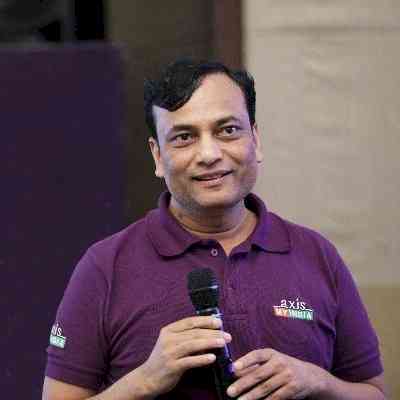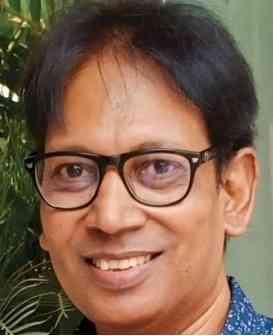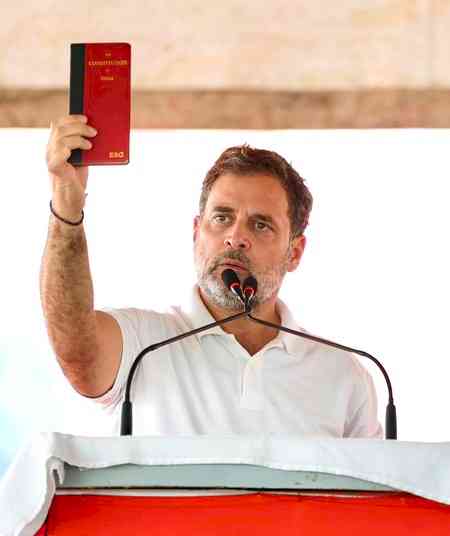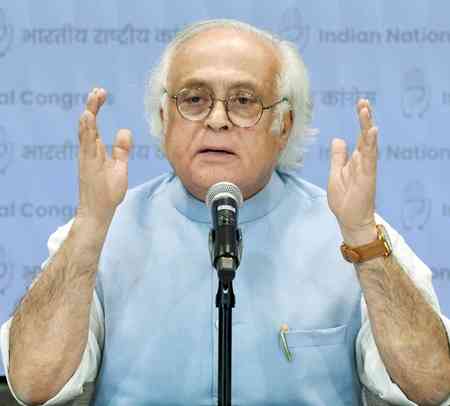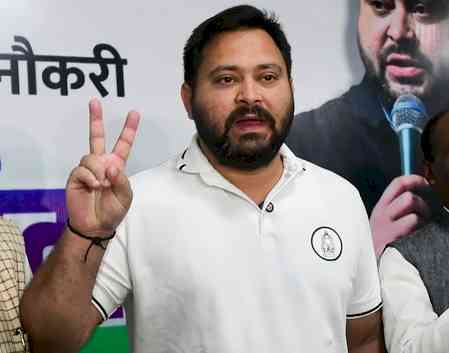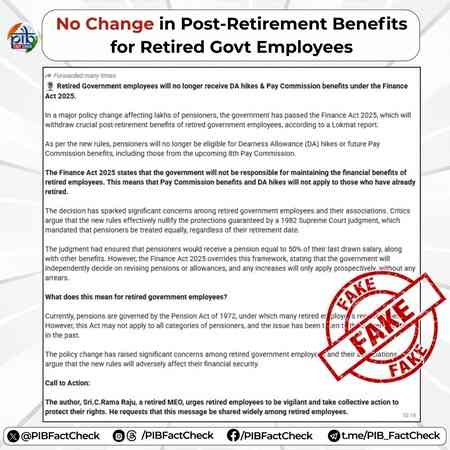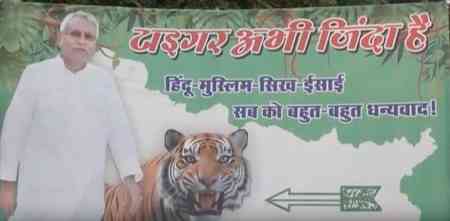Janjatiya Gaurav Diwas
A Celebration of Bharat’s Tribal Heritage and Heroes
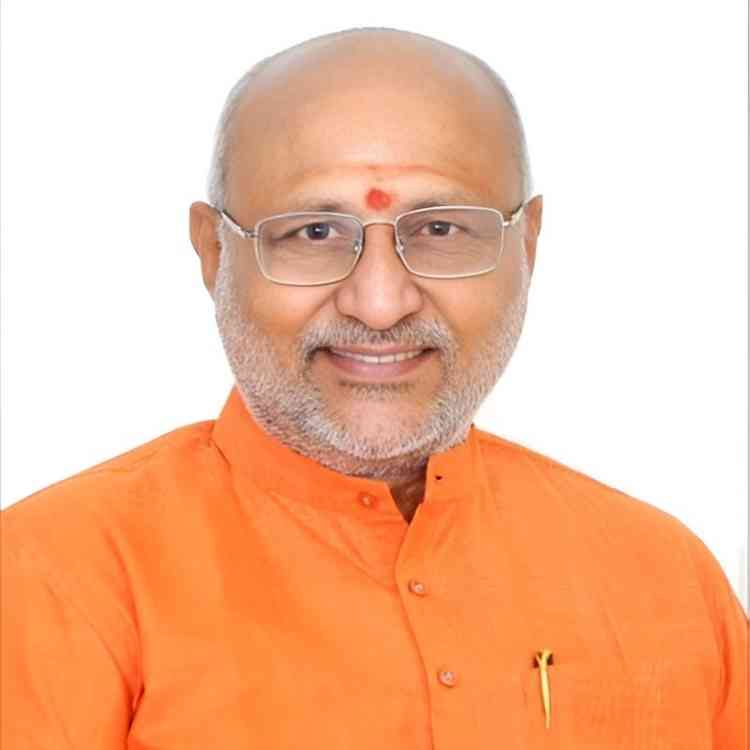
By Shri C.P. Radhakrishnan
Bharat’s tribal communities have played a crucial role in shaping the nation’s social and political fabric. Throughout history, tribal leaders have led powerful movements to protect their land, culture, and dignity against colonial exploitation and injustice. From the late 18th to the early 20th century, various tribal communities across India rose against the British colonial administration, local landlords, and moneylenders who disturbed their traditional way of life.
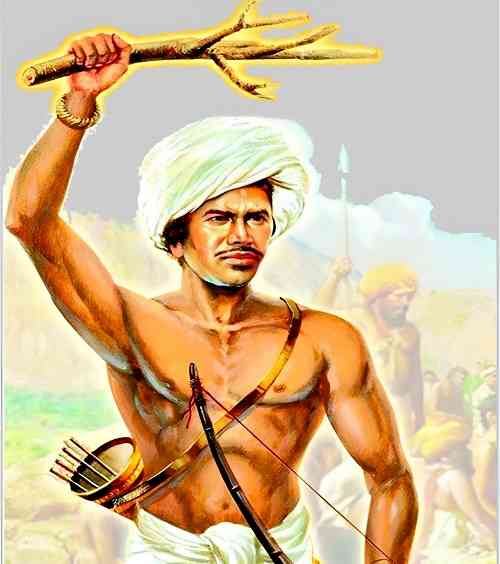
From the fiery Ulgulan movement led by Bhagwan Birsa Munda to the fierce resistance of Alluri Sitarama Raju, Tantia Bhil, Veer Gundadhur, Rani Gaidinliu, Ramji Gond, Shaheed Veer Narayan Singh, Sidhu-Kanhu, and others, it demonstrated that tribal movements were not isolated revolts; they were sustained, powerful counter-narratives to colonial oppression. Their struggles have not only safeguarded tribal rights but also strengthened the broader fight for the nation’s freedom and equality.
A historic decision was taken in 2021 by the Hon’ble Prime Minister, Shri Narendra Modiji, to commemorate the birth anniversary of Bhagwan Birsa Munda (November 15) as the Janjatiya Gaurav Diwas to recognize these Janjatiya leaders and their struggle. This monumental decision is a significant milestone, as it instills pride and knowledge about the rich heritage and struggles of tribal freedom fighters across generations.
This year’s celebrations are notable as we conclude today the 150th birth anniversary celebrations of Birsa Munda (Janjatiya Gaurav Varsh), which commenced in 2024.
Recognition of Janjatiyas: My Journey
I have had the privilege of being a Member of Parliament (Twelfth and Thirteenth Lok Sabha), when Shri Atal Bihari Vajpayeeji was the Hon’ble Prime Minister. It was during Shri Atalji’s time that a separate Ministry of Tribal Affairs was established. As a Member of Lok Sabha, I had also voted for the formation of separate States of Jharkhand, Chhattisgarh, and Uttarakhand. It was my good fortune that later on, I became the Governor of the State of Jharkhand.
After taking the oath of office as the Governor of Jharkhand, the same day I travelled to Ulihatu, the birthplace of Bhagwan Birsa Munda to pay my tributes to the great freedom fighter. I recall that Hon’ble Prime Minister, Shri Narendra Modiji, is the first ever Prime Minister to visit Ulihatu. The visit was more than a gesture of tribute; it was a national pilgrimage, validating the Janjatiyas' importance in the eyes of the entire country. I was also present with Hon’ble PM at Khunti (Jharkhand) when he announced the PM - Janjati Adivasi Nyaya Maha Abhiyan (PM-JANMAN) Scheme, aimed to protect and empower the particularly vulnerable tribal communities.
Hon’ble Prime Minister had attributed the conceptualization of the Scheme to Smt. Droupadi Murmu, Hon’ble President of Bharat, who dedicated her whole life to the upliftment of the tribal communities.
Shifting the focus from Tribal Welfare to Empowerment of Tribals: A Game Changer
I have observed that since the last decade, there has been a paradigm shift in policy making for the tribal communities; from being welfare-oriented to being empowerment-oriented. Since its launch in 2023, the PM-JANMAN mission has attained several milestones. The Scheme aimed at 75 Particularly Vulnerable Tribal Groups (PVTGs) involves convergence of activities of nine (09) Line ministries to graduate them above the poverty line through 11 critical interventions such as providing basic infrastructural facilities like pucca house, road connectivity, drinking water, electricity connection, health facility, education, etc. and livelihood opportunities through Van Dhan Vikas Kendras (VDVKs), etc. The mission targeted to be achieved within three Financial Years from 2023-2024 has completed 2 years of its implementation. With a budget outlay of ₹24,104 Cr, the Scheme has a coverage of 207 districts spread over 18 States and 1 Union Territory, reaching the last mile of nearly 48.18 lakhs of tribals.
Another notable effort by the Government is the Dharti Aaba Janjatiya Gram Utkarsh Abhiyan, a transformative mission by the Government of India, named after Bhagwan Birsa Munda. It aims for 100% saturation of basic services and holistic socio-economic development in over 63,000 tribal-majority villages through the convergence of 25 interventions from 17 central ministries. Geotagging of tribal products, Tribal Business Conclave and other such initiatives by the Government are positive strides towards empowering the tribal communities. The Government’s efforts have enabled tribal communities to transition from being isolated groups to becoming part of the national mainstream.
Understanding this shift in policy towards empowering the tribal communities, I, as the then Governor of the States of Jharkhand, Telangana, and later Maharashtra, had personally taken up the issue of expansion of the Eklavya Model Residential (EMR) schools with the Union Minister of Tribal Affairs for greater accrual of benefits. I am pleased to learn that the Government has targeted to set up 728 EMR Schools, of which 479 are already functional, benefitting around 3.5 lakh tribal students across the country.
I am also glad to note that the Government has taken initiatives to ensure that the stories of the tribal leaders are immortalized. A total of 11 state-of-the-art Tribal Freedom Fighter Museums have been sanctioned across 10 states, of which 4 museums have already been inaugurated. I had accompanied the Hon’ble PM, Shri Narendra Modi during his visit to the Bhagwan Birsa Munda Memorial Park-cum-Freedom Fighter Museum at Ranchi. These museums, leveraging digital and immersive technology, serve as vibrant educational centres, transforming dusty pages of history into living, breathing narratives of tribal sacrifice for national unity and independence.
Conclusion
The tribal leaders and their movements serve as a constant reminder that the fight for freedom and dignity was deeply rooted in the forests and hills of tribal areas of India. Their courage, sacrifice, and enduring spirit continue to inspire movements for social justice, ecological balance, and human rights across the nation.
Dharti Aaba Bhagwan Birsa Munda lived for a short span of 25 years, but he ignited a fire of patriotism that will continue to last for generations to come, even for another 2,500 years. It will be befitting to say that men may come, men may go, but the legacy of Dharti Aaba and other tribal freedom fighters will continue forever.
Jai Hind! Jai Bharat!
Author is Vice-President of India


 City Air News
City Air News 

